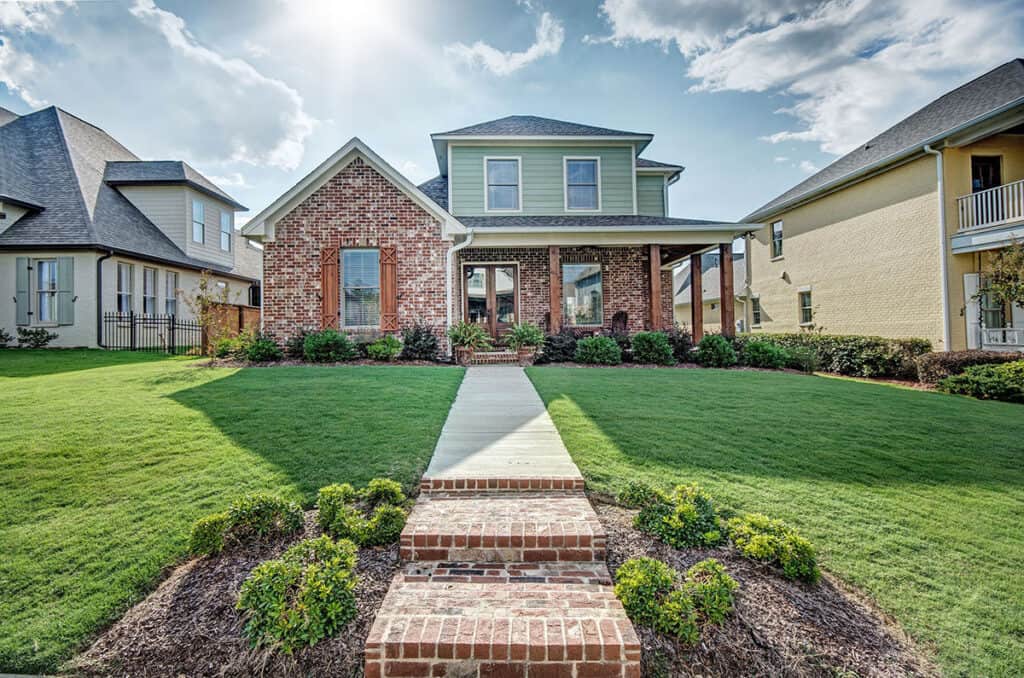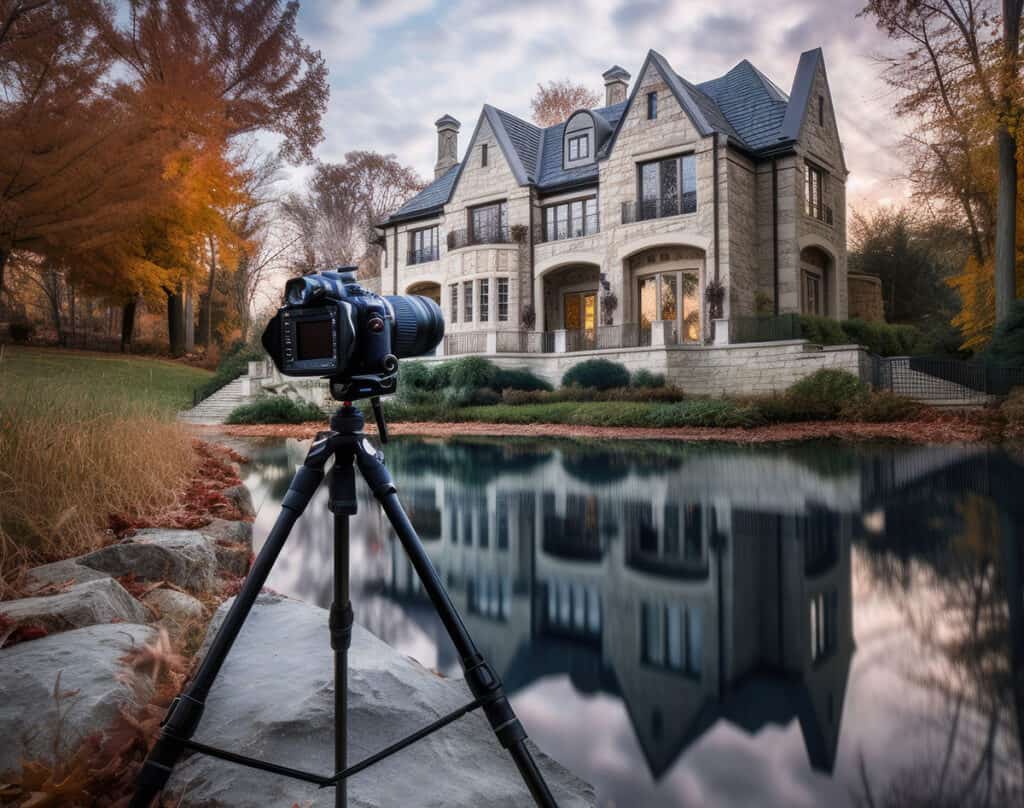
As an Amazon Associate, I earn from qualifying purchases. This post contains affiliate links. This means I will make a commission at no extra cost to you should you click through and purchase. Read the full disclosure here.
shutterBUMP is dedicated to helping a photographer getting started in Real Estate photography cheaply. Real estate photography can be a lucrative and rewarding niche for photographers but can also be expensive. At shutterBUMP, we'll share tips, tricks, and advice to help you start with minimal investment.
Real estate photography is growing, with the demand for high-quality images of properties increasing yearly. With the rise of online property listings and virtual tours, real estate agents and property owners are looking for skilled photographers who can capture their properties' beauty and unique features. Real estate photography can be a rewarding and profitable niche to explore if you have a passion for photography and an eye for detail.
Starting a new business or side hustle can be expensive, but it doesn't have to be. Starting on a budget can be beneficial in many ways. By minimizing your initial investment, you can test the waters and see if real estate photography is a good fit for you before committing more time and money. Starting small can also help you build a portfolio and gain experience, leading to more clients and higher rates in the future.
Now that we've established the benefits of starting on a budget let's dive into some practical tips for getting started with real estate photography without breaking the bank.

One of the most significant expenses for photographers is equipment. However, you don't need to invest in expensive gear to get started with real estate photography. If you already have a decent camera and lens, you can start practicing with those. While it's true that specialized lenses can be helpful for real estate photography, you can still capture great images with a basic lens. If you are truly starting from scratch, buy a used camera. A good camera and lens can be found on the used market in decent condition for a couple of hundred dollars.
One piece of equipment that is essential for real estate photography is a tripod. A sturdy tripod will help you keep your camera steady and level, which is necessary for capturing straight, well-composed images. You don't need to spend a lot of money on a tripod, but you should look for one that is sturdy and can support the weight of your camera.
While shooting in automatic mode can be convenient, it can limit your creativity and control over your images. Learning to shoot in manual mode will give you more control over your camera settings, which is essential for real estate photography, where you must capture a wide range of lighting conditions.
The more you practice, the better you will get. Take photos of your home or a friend's house to practice different techniques and styles. This will also allow you to experiment with different camera settings and see what works best for you.
A portfolio is essential for showcasing your work and attracting clients. While you're practicing, start building a portfolio of your best images. You can create a website or use social media to showcase your work. Ensure your portfolio includes various images, including interiors, exteriors, and details.
Once you have a portfolio, contact real estate agents and property owners. Offer your services for free or at a discounted rate to get your foot in the door. This will allow you to gain experience and build your network of clients. Don't be afraid to ask for feedback and referrals from your clients.
Post-processing is an essential part of real estate photography, as it can help enhance your images and bring out the details and colors of a property. Many free or low-cost editing tools, such as Lightroom and Photoshop, are available online. Take the time to learn some basic editing techniques to improve your images.
Networking is vital in any industry, and real estate photography is no exception. Attend local events and meetups for photographers and real estate professionals. This will allow you to meet other professionals in your field, learn from them, and potentially gain new clients.
When you're starting, it's essential to establish a professional image. Ensure you have a professional email address and website (or social media presence), and always respond promptly and professionally to clients. Dress professionally when meeting clients in person, and consistently deliver your work on time and to a high standard.
Real estate photography constantly evolves, so you must keep learning and improving your skills. Read blogs and articles about real estate photography, watch tutorials on YouTube, and take courses to enhance your knowledge and skills.
Real estate photography can be a lucrative and rewarding niche for photographers but can also be expensive. At shutterBUMP, you don't need to break the bank to get started in real estate photography. By using the equipment you already have, investing in a tripod, learning to shoot in manual mode, practicing, building a portfolio, offering your services for free or at a discounted rate, learning post-processing, networking, being professional, and continuing to learn, you can get started in real estate photography on a budget. We hope this blog will be a valuable resource for photographers who want to break into real estate photography. Good luck!
As an Amazon Associate, I earn from qualifying purchases. This post contains affiliate links. This means I will make a commission at no extra cost to you should you click through and purchase. Read the full disclosure here.